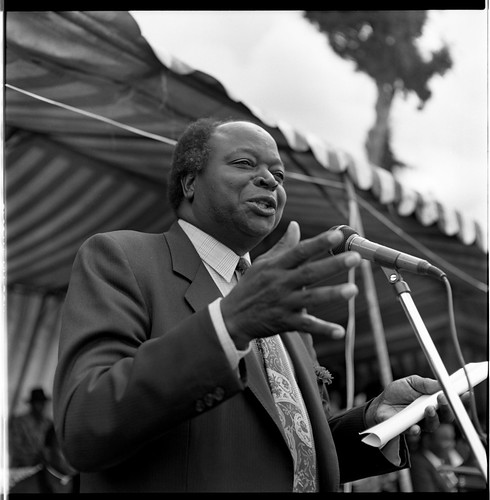Alon Ben-Meir.
THE INDEX — February 15, 2010

Soft Launch of New WPI Website
Your eyes are not deceiving you! We’ve made some big changes on the World Policy Institute website, which is in soft launch this week.
Ruthie Ackerman – Sirleaf to Seek Second Term (Womens Media Center Blog)
Ruthie Ackerman. “Sirleaf to Seek Second Term,” Womens Media Center Blog, February 11, 2010.<
Ian Bremmer – Interview on Greece, Spain (Bloomberg.com)
Ian Bremmer discussed potential German aid to Greece and Spanish fiscal challenges with Bloomberg’s Betty
Ibrahim Sajid Malick: Navigating the Siddiqui Trial
If inconsistencies are the hallmark of truth—an odd truism suggested by U.S. prosecutor David M. Rody during the recently-concluded trial of Aafia Siddiqui—then there was plenty of “truth” to go around on both sides of the proceeding, which concluded February 3 with guilty verdicts on all seven counts of attempted murder and assault.
At first glance, Siddiqui’s story is a perplexing one, albeit one that shows some familiar patterns, at least on the surface. Siddiqui—a 37-year-old Pakistani woman accused by the United States of associating with al Qaeda—began life with all the trappings of upper-middle class achievement. Born to a well-off family in Karachi, she went on to earn a BA from the prestigious Massachusetts Institute of Technology, a PhD in cognitive neuroscience from Brandeis University, and eventually married a Pakistani physician, with whom she had three children.
While Siddiqui’s life looked like a relatively conventional narrative of success prior to 9/11, after the World Trade Center attacks, Siddiqui became increasingly concerned about American hostility toward Muslims, a concern that eventually pushed her and her husband to move their young family back to Karachi. At some point after her post-9/11 return to Pakistan, Siddiqui’s story begins to get murky. FBI officials, having suspected her of working as an al Qaeda operative, placed her on a list of suspected al Qaeda affiliates, which prompted her to disappear into thin air in March 2003. (Within Pakistan, it is commonly believed that she was picked up by the Pakistani intelligence service ISI and later handed over to the CIA. In one of her outbursts throughout the trial, Siddiqui claimed she was kept in a secret prison and that her children were tortured.)
David Andelman and Ian Bremmer – China and the U.S. (Worldfocus)
February 5, 2010 – Week in Review: China and the United States (Worldfocus)

